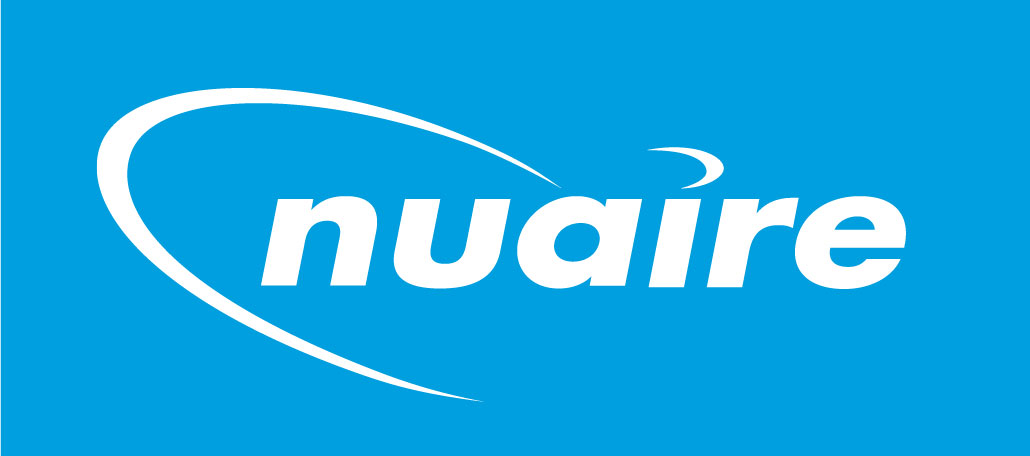Caerphilly based UK ventilation solutions provider Nuaire is proud to be sponsoring the Building Engineering Services Association’s (BESA) Clean Air Day event on the 20th June at The Wave in Bristol. The event, which is being hosted by the BESA Indoor Air Quality (IAQ) Group, will be based on ‘Shaping the Future of Healthy Environments.’
As part of the sponsorship deal, Nuaire will have the opportunity to present its ventilation solutions and engage with like-minded delegates who share a commitment to clean air. As well as senior Nuaire personnel in attendance, Nuaire will also be inviting key customers to the event, where they can gain valuable industry insight. This will include a presentation from the BESA IAQ Specialist Group which is driving change and shaping the future of air quality initiatives, plus an update on the BESA Schools Engagement Project on Ventilation and Air Quality.
Commenting on the decision to sponsor this year’s BESA Clean Air Day event, Nuaire Managing Director Meirion Richards said: “As the UK’s largest air pollution campaign, Clean Air Day provides an opportunity to focus attention on this very serious subject. It’s important people from all walks of life understand the health risks of air pollution, but it’s also important that, as industry professionals, we look at the solutions. BESA has been at the forefront of championing the cause of cleaner, healthier air for all and we are pleased to be supporting them on Clean Air Day”.
This year’s Clean Air Day focus is on transport. With cars and vans being the biggest source of NOx pollutants, Clean Air Day is asking everyone to take action to help make travelling in cleaner and greener ways. But when it comes to air quality within our buildings – where we spend the majority of our time – external pollutants are only one part of the problem. Pollutant sources within our indoor environments vary hugely, from cleaning products and cooking through to furniture and even the fabric our homes are made from. Little research has been done into indoor air pollution, compared to external pollutants, but what we do know is that good ventilation can disperse and expel indoor pollutants, as well as help prevent damp and mould from forming. Established in 1966, Nuaire has developed a comprehensive range of ventilation solutions for the domestic, commercial, and industrial construction sectors, providing occupants with clean, healthy air.
CLICK HERE for more information on the NUAIRE WEBSITE







